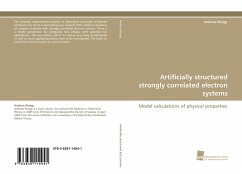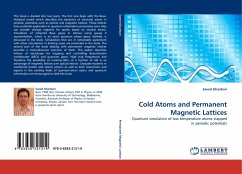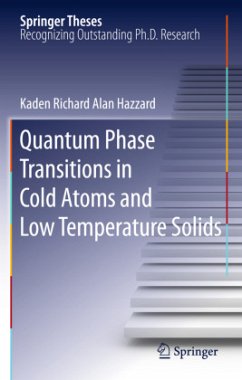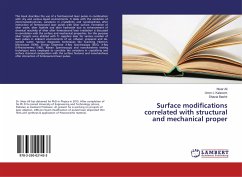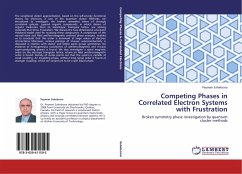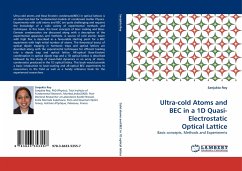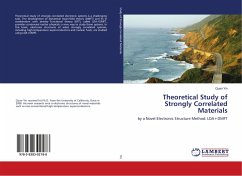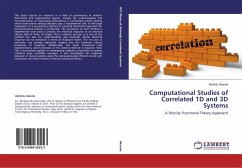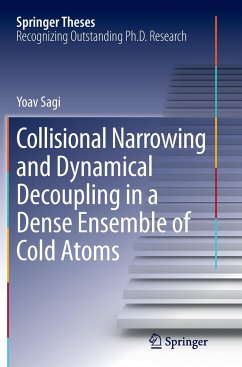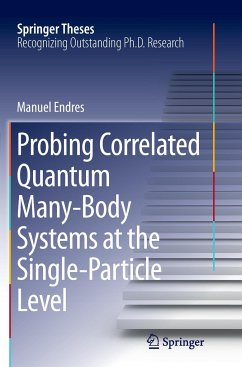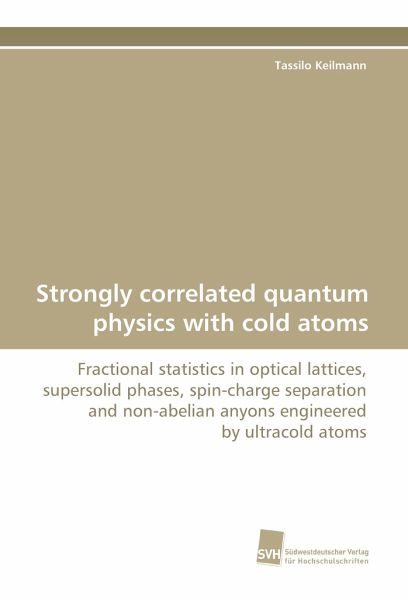
Strongly correlated quantum physics with cold atoms
Fractional statistics in optical lattices, supersolid phases, spin-charge separation and non-abelian anyons engineered by ultracold atoms
Versandkostenfrei!
Versandfertig in 6-10 Tagen
36,99 €
inkl. MwSt.

PAYBACK Punkte
18 °P sammeln!
In this book we discuss how to exploit strong correlations among ultracold atoms in order to create novel, exotic quantum states. In the first two chapters, we devise dynamical out-of-equilibrium preparation schemes which lead to intriguing final states. Most importantly, we propose to create the elusive supersolid state via a quantum quench protocol. Supersolids - quantum hybrids exhibiting both superflow and solidity - have been envisioned long ago, but have not been demonstrated in experiment so far. Our proposal to create a supersolid state is perfectly accessible with current technology a...
In this book we discuss how to exploit strong correlations among ultracold atoms in order to create novel, exotic quantum states. In the first two chapters, we devise dynamical out-of-equilibrium preparation schemes which lead to intriguing final states. Most importantly, we propose to create the elusive supersolid state via a quantum quench protocol. Supersolids - quantum hybrids exhibiting both superflow and solidity - have been envisioned long ago, but have not been demonstrated in experiment so far. Our proposal to create a supersolid state is perfectly accessible with current technology and may clear the way to the experimental observation of supersolidity. Furthermore, we propose to use bosons featuring conditional-hopping amplitudes in order to create Abelian anyons in one-dimensional optical lattices. We derive an exact mapping between anyons and bosons via a "fractional" Jordan-Wigner transformation. We suggest to employ a laser-assisted tunneling scheme to establish themany-particle state of "conditional-hopping bosons", thus realizing a gas of Abelian anyons. The fractional statistics phase can be directly tuned by the lasers.



